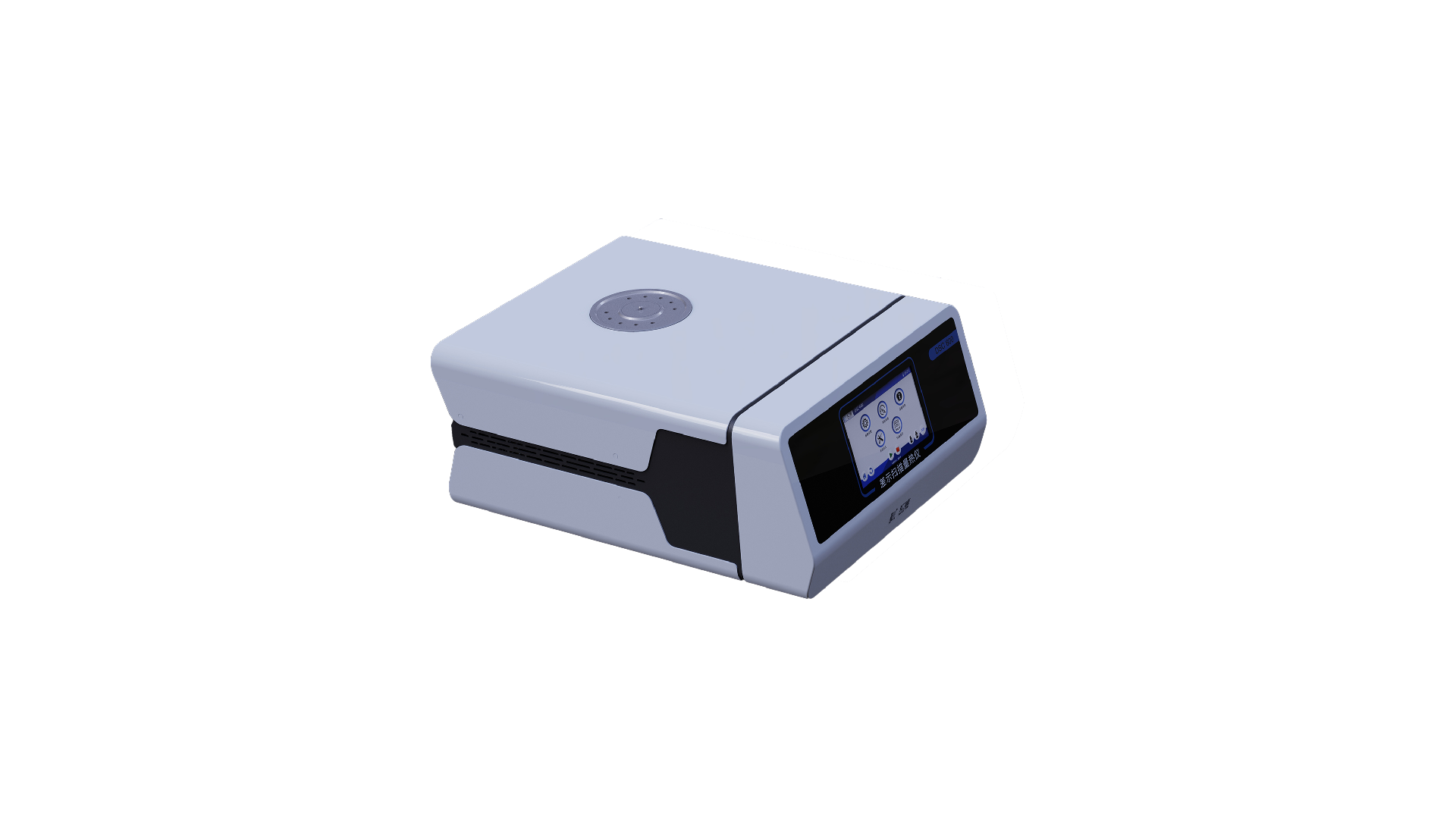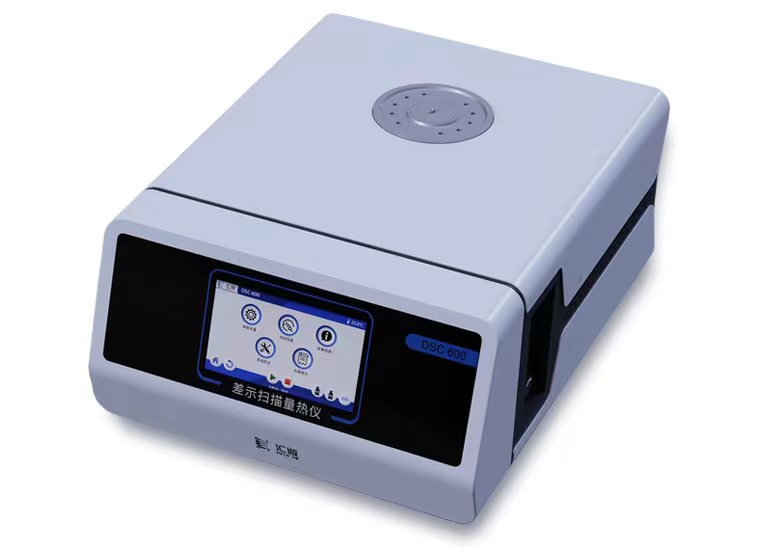Differential Scanning Calorimeter DSC-600S
Date:2024-05-20 16:10 Views:
Instrument Description:
Differential Scanning Calorimetry (Heat Flow DSC), as a classical thermal analysis method of thermal effects at controlled programmed temperatures, has long been widely used in today's research and development, process optimization, quality control and failure analysis of all kinds of materials and chemical fields. Using DSC method, we can study the phase transition of inorganic materials, melting and crystallization process of polymer materials, polycrystalline phenomenon of drugs, solid/liquid phase ratio of fats and oils and other foodstuffs. It is used to measure physical and chemical changes related to heat, such as glass transition temperature, melting point, melting temperature, crystallization and heat of crystallization, phase transition reaction heat, thermal stability of products, curing/cross-linking, and oxidation induction period.

Instrument features:
1, the integrated design of the whole machine, reduce signal loss and interference, greatly improve the signal sensitivity and resolution, can get more stable baseline.
2、It is equipped with imported high-frequency kernel control processor, with faster operation and processing speed and more efficient control.
3、Using imported high sensitivity sensor, effectively improve the sensitivity and accuracy of DSC signal.
4、Mutually independent atmosphere control, can be intelligently set through the software, the instrument automatically switches the gas path system, the experiment is more efficient.
5, equipment system of the lower and upper computer at the same time with multi-point temperature correction function, to meet the needs of different experimental occasions, improve the accuracy of temperature testing.
6, with FTC and STC two experimental modes can be selected, the temperature control is more friendly and flexible, can meet the needs of different experiments in different application scenarios, the control of the temperature of the experimental process is more accurate, the analysis of the sensor signal is more efficient.
7, the full temperature control system adopts optimized dynamic PID algorithm, which greatly avoids the shortcomings of the traditional PID algorithm and improves the robustness of dual-mode temperature control.
8, 12-order program temperature control settings, so that the experimental method is more diverse.
9, the sampling frequency of the sensor signal 1 ~ 10Hz can be set, the experimental method is more flexible, more controllable data.
10, mutually independent dual temperature sensors, can be tested at the same time, respectively, furnace temperature and sample temperature.
11, the equipment system can do warming, cooling and isothermal correlation class material experiments.
12, the insrument adopts USB two-way communication, support self-recovery connection, software intelligent design, with the deduction function of the baseline, the experimental process of automatic drawing, intelligent realization of a variety of data processing, such as enthalpy calculation, glass transition temperature, oxidation induced period, the melting point of the material and crystallization and so on.
Instrument parameters:
1、 DSC range:0~±2000mW
2、 Temperature range: room temperature ~ 600 ° C
3、 Timing Frequency:16.6Hz
4、 Rising temperature rate:0.1~100℃/min
5、 Temperature Accuracy:0.001℃
6、 Temperature Resolution:0.01℃
7、 Temperature fluctuation:±0.01℃
8、 Temperature Repeatability:±0.01℃
9, DSC noise: 0.001mW
10, DSC resolution: 0.01μW
11, DSC accuracy: 0.001mW
12, DSC sensitivity: 0.001mW
13, experimental mode: FTC, STC arbitrary settings
14, program temperature control: the whole stage of 12-order temperature control flexible settings
15, temperature control mode: warming, constant temperature, temperature reduction
16, scanning type: warming, cooling, isothermal scanning
17、 Atmosphere control: two-way atmosphere can be set freely, the instrument automatically switches
18, display mode: 24bit color 7 inch LCD touch screen display
19、 Data interface: standard USB interface
20、 Sampling rate: 1 ~ 10Hz can be programmed
21, instrument calibration: lower and upper computer at the same time with multi-point temperature calibration function
22、 Parameter standard: equipped with standard substances, the user can self-correct the temperature and enthalpy
23, Instrument size: 490 * 390 * 215mm
Reference standard:
GB/T 19466.2 - 2004 / ISO 11357-2: 1999 Part 2: Determination of glass transition temperature;
GB/T 19466.3 - 2004 / ISO 11357-3: 1999 Part 3: Determination of melting and crystallization temperature and enthalpy;
GB /T 19466.6 - 2009 / ISO 11357-3 :1999 Part 6 Determination of oxidation induction period oxidation induction time (isothermal OIT) and oxidation induction temperature (dynamic OIT).

